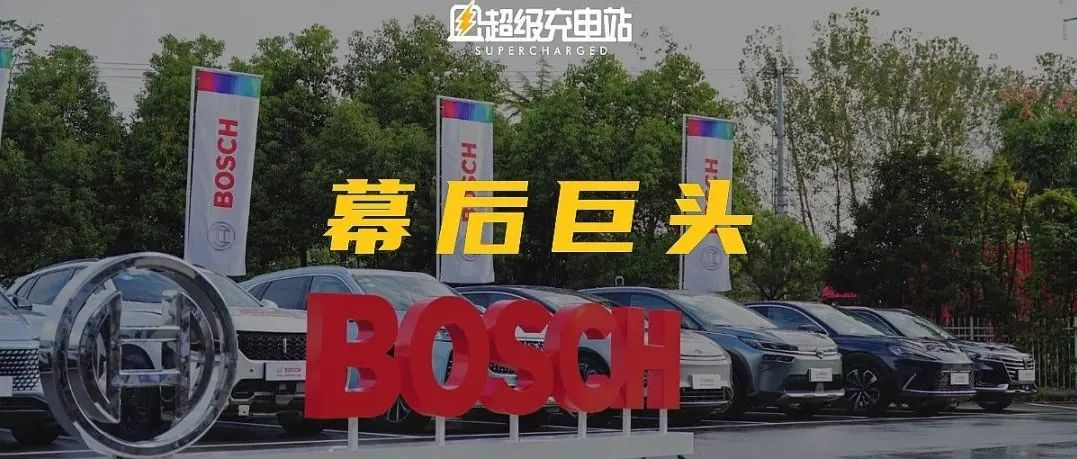After writing about the new four modernizations of the automobile industry for five or six years, I’ve also attended seven Bosch Automotive and Intelligent Transportation Innovation Experience Days to date. Over these years, I’ve witnessed countless other manufacturers being questioned, “Can they build cars as well as XXX?” However, nobody questions Bosch that way. The most common saying I hear is, “If Bosch wants to build a car, nobody else would have anything to do.” So, I rarely see people from Bosch becoming anxious until this year’s Innovation Experience Day.
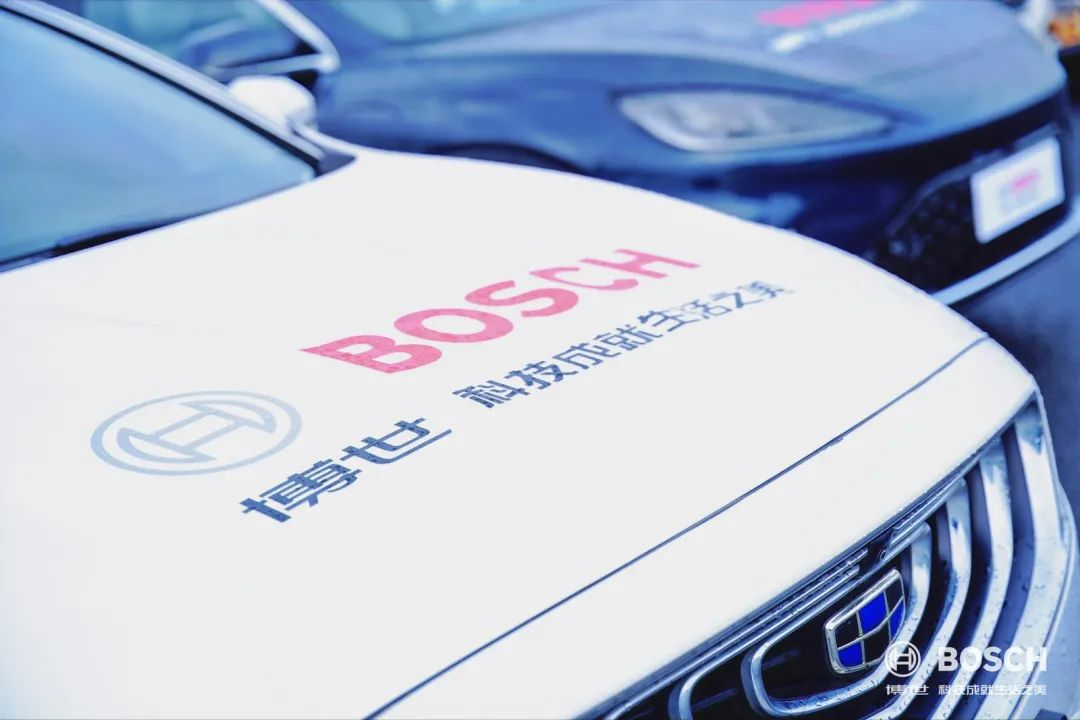
Bosch China’s President, Chen Yudong, was jokingly told at the beginning that he shouldn’t give a keynote speech due to his recent anxiety. During the roundtable forum later, Chen was also very frank and said, “Three CEOs from car companies are asking me for chips today.” The lack of chips is often regarded by many as a pandemic-related contingency. However, at a deeper level, it is the inevitable result of the entire automotive industry’s technological transformation that represents a change in the industry’s technical supply and production support capability.
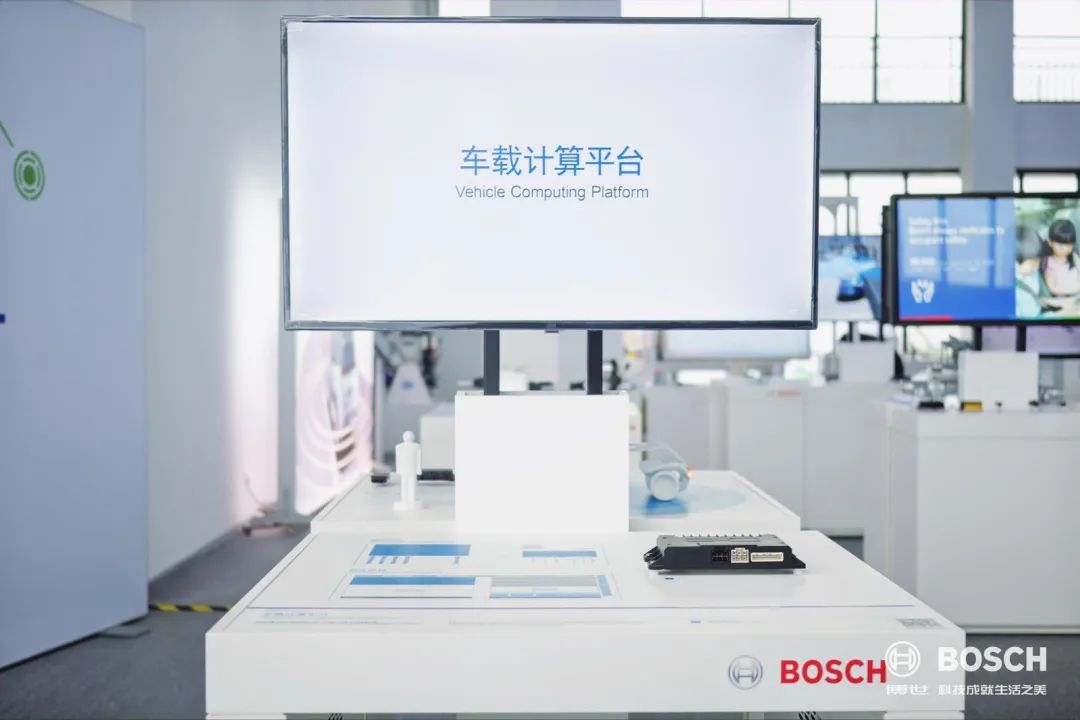
There are two key terms that also appeared most frequently during Bosch’s Innovation Experience Day: carbon neutrality and the new four modernizations.
The concept of carbon neutrality is no longer unfamiliar to everyone, but many people may not have any concept of what carbon neutrality may look like because most companies’ carbon neutrality goals won’t be achieved for several years yet. Therefore, I was very surprised when Bosch announced that it had already become the world’s first large-scale industrial enterprise to achieve carbon neutrality in February 2020. This indicated that Bosch had already achieved carbon neutrality at its global manufacturing and production stage.
Of course, this represents a far-sighted transformation, significant investment, and innovation and experimentation in a massive project. However, Bosch said it is not enough because Bosch has divided the scope of carbon neutrality into different levels: the first level is carbon dioxide produced by Bosch’s factories. The second level involves the energy purchased by Bosch during the production process, where Bosch has achieved carbon neutrality in both energy conservation and green energy. However, in the broad sense, carbon neutrality related to an enterprise has an even greater scope, including the carbon emissions of upstream suppliers and the entire lifecycle carbon footprint of customer vehicles.
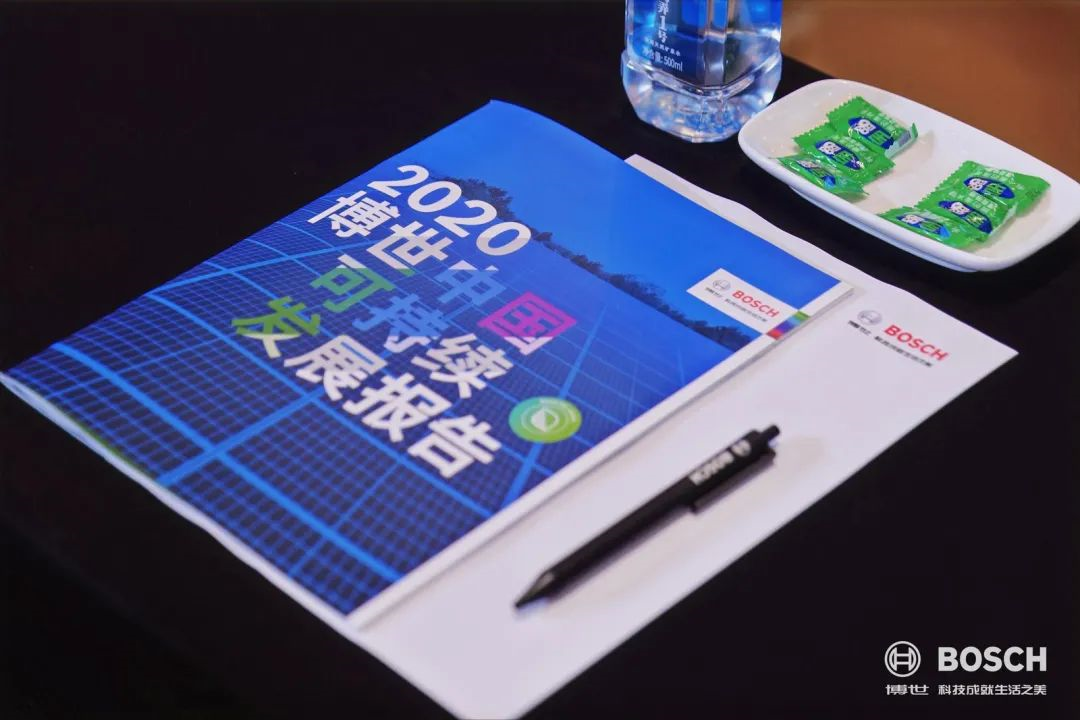 The carbon emissions within the last range are as much as 200 times those of the first two ranges combined.
The carbon emissions within the last range are as much as 200 times those of the first two ranges combined.
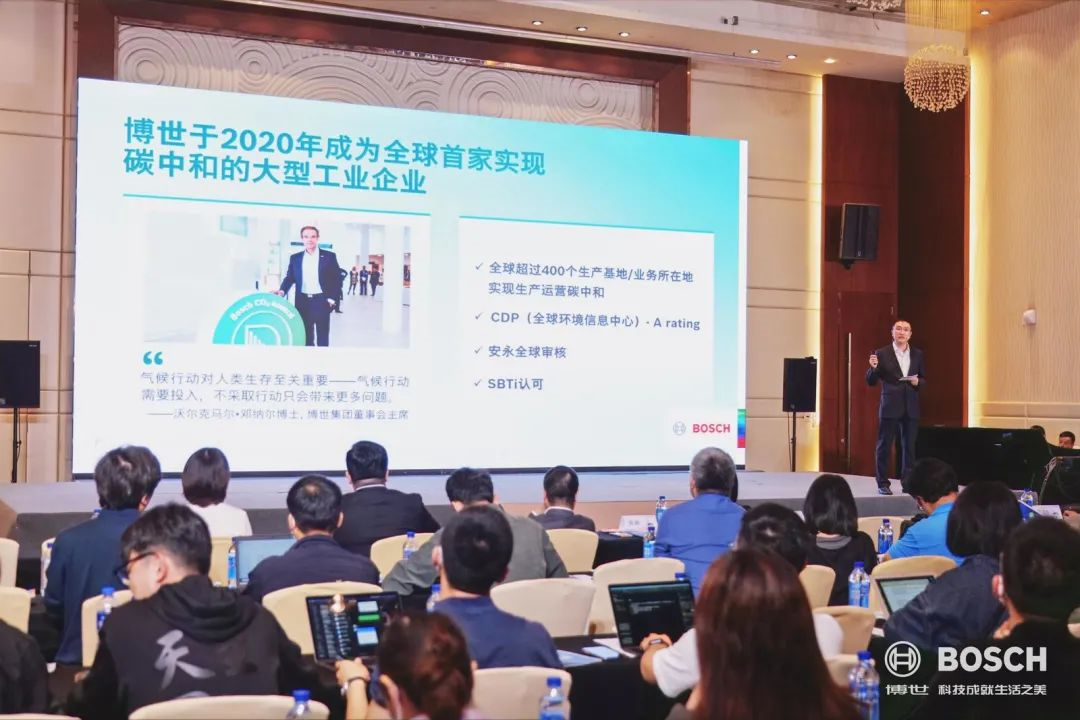
A few years ago, when the concept of the “New Four Modernizations” first appeared, many people believed that only “Electrification” seemed to be positively related to carbon neutrality, out of “Electrification, Automation, Interconnection, and Personalization”. Moreover, carbon neutrality transformed from traditional fossil energy to electrified energy seemed to be a qualitative change that could only be achieved after a complete transformation.
However, the industry practices in recent years have shown us that the functions of various categories of New Four Modernizations technologies are closely related to carbon emissions. And each technological advancement also drives the improvement of carbon emission performance.
However, achieving sustained meaningful and valuable technological innovation in the field of New Four Modernizations is also not easy.
Chen Yudong stated that many people are fighting over who proposed a certain concept in the field of New Four Modernizations. In fact, it does not matter. “The key is who runs faster, how to get closer to customers, and how to transform customers’ needs into our products and services faster.”
The process of acceleration is also the process of discovering problems. For example, Bosch has always emphasized that it only goes To B in the automotive field, rather than To C. However, in the current situation of software-hardware separation and technological changes, how can Bosch define the boundaries with automakers? How can Bosch coordinate its “full family bucket” ability with the trend of many automakers hoping to achieve more self-research capabilities? And, when Bosch’s basic solutions are supplied to more manufacturers, how can it meet the needs of individual customers?
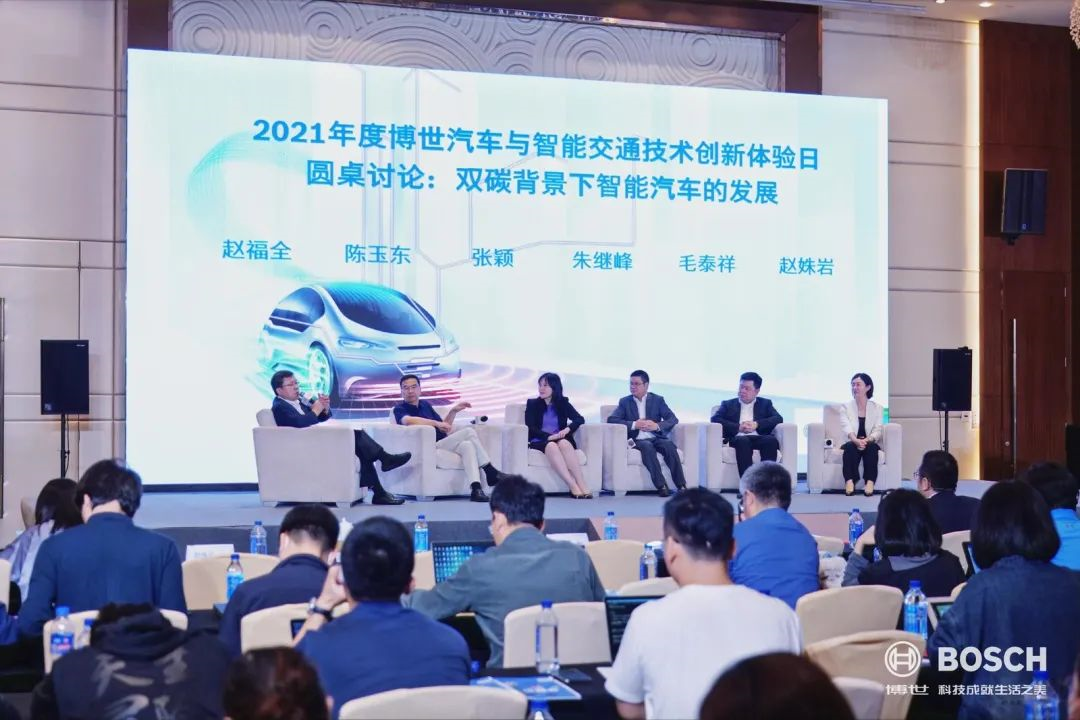
In the experience of Bosch’s rich and dizzying models and technology projects, we seem to be able to slowly find the answers.
The first aspect is to empower manufacturers in hardware and software innovation.
On the Wey Mocha model of Great Wall Motors, we saw the brand-new generation of intelligent cockpit domain controller developed and integrated by Bosch based on the Qualcomm 8155 chip. The functions of the entire instrument domain and information entertainment domain are supported and controlled by this small box, which also drives four screens including HUD.
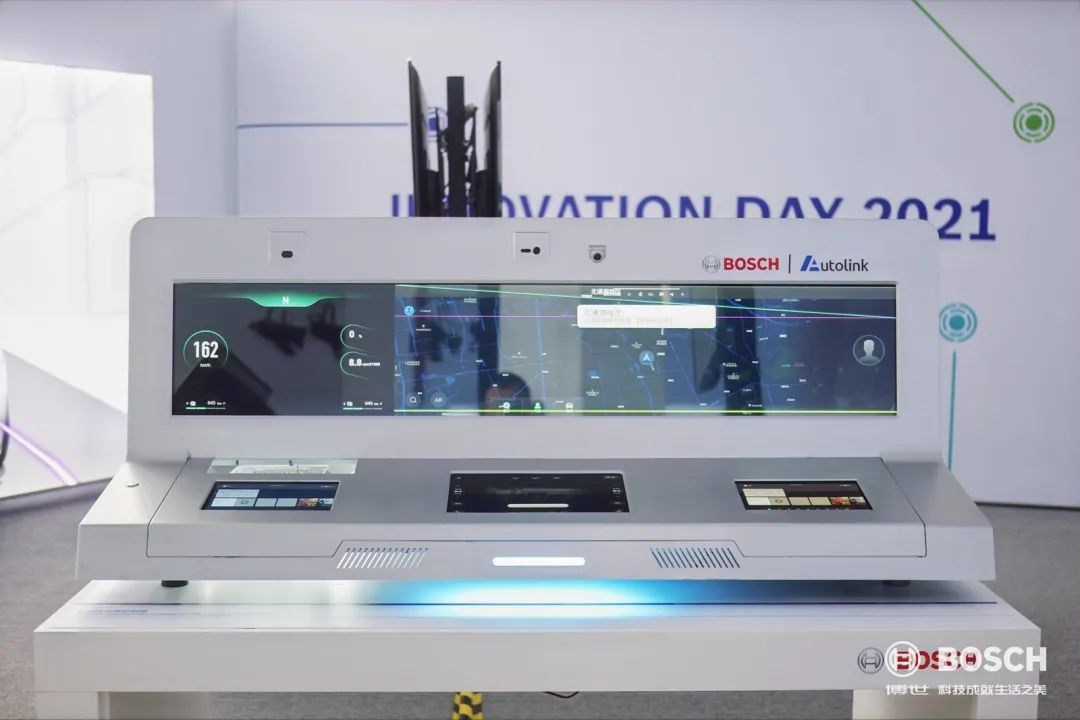 Translate the following Markdown text in Chinese into English Markdown text with a professional approach. Keep the HTML tags inside the Markdown and only output the result.
Translate the following Markdown text in Chinese into English Markdown text with a professional approach. Keep the HTML tags inside the Markdown and only output the result.
The underlying software, which includes the hardware linkage and access permission, is developed by Bosch. On the other hand, the application layer and the design layer including the appearance can be completed by the original equipment manufacturers independently. While ensuring the stability of the underlying functions, sufficient function development and personalization have also been achieved.
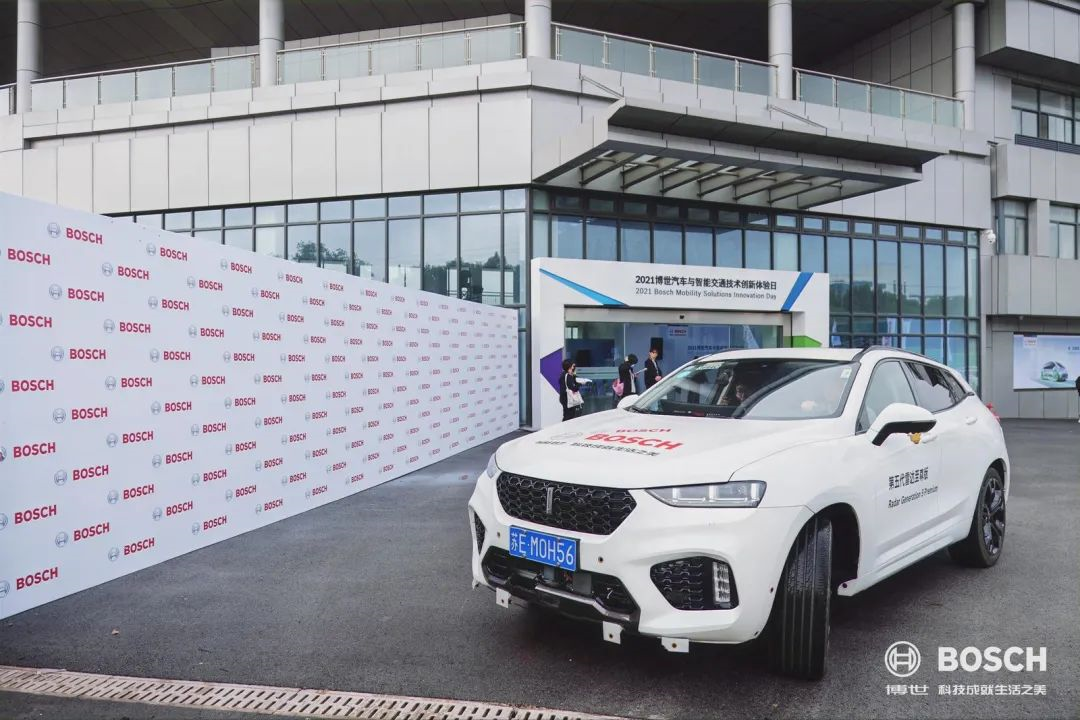
Hardware innovation can also be achieved due to different configurations. For example, in the high-end HiPhi X model, the integrated vehicle dynamic control provided by Bosch can be seen. Taking the function of rear-wheel steering as an example, under different states of activation and deactivation, not only the high-speed directional stability of the vehicle becomes stronger, but also the turning radius of the whole vehicle is greatly reduced. The original equipment manufacturers can also make corresponding choices and adjustments regarding these controls and hardware experience capabilities.

The second aspect is continuous optimization regarding key components and system capabilities involved in the core performance of the vehicle.
For automotive media, various collision tests are seen frequently, but few people realize the rapid improvement of technical details in it. For example, Bosch specifically developed an automation emergency project named “for electric two-wheelers,” which seems no different from previous dummy tests, but due to the problem of speed change, it actually raises much more difficulties for data fusion and judgment based on front radar and camera than before.
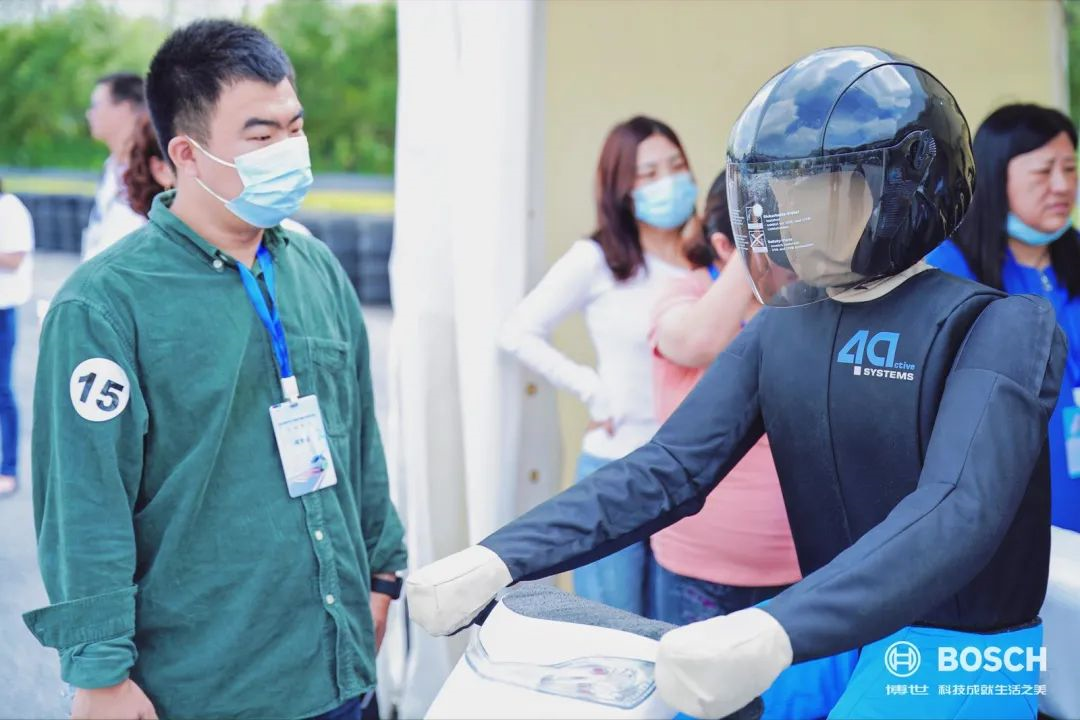
Therefore, it is easy to understand how Bosch improves the industry standards through 5G interconnection road testing, intelligent driving and control, and advancements like the fifth-generation radar in the critical fields of current intelligent cabins and intelligent driving.
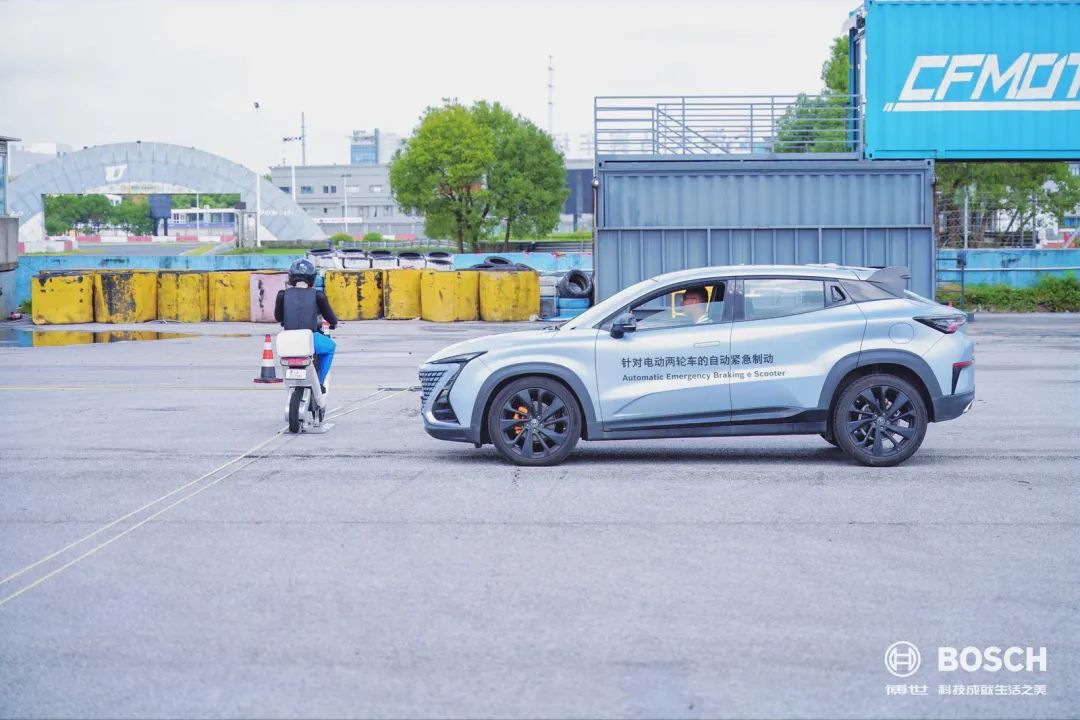
The third aspect is to improve the localization and gradualness of the technology. These two terms may sound tedious, but looking at the research and development results of the Chinese team of Bosch, one can understand.
For instance, Bosch’s deep learning automatic parking PLD can already recognize most outdoor parking spaces through visual perception added by cameras. Basically, as long as the four fixed points of the parking space can be identified, precise positioning can be realized. It is similar to the recognition of the lane line being blocked by obstacles and outdoor grass parking spaces that have already been realized. Another example is that Bosch demonstrated two new technologies, DDA and IPB, which were previously unheard of.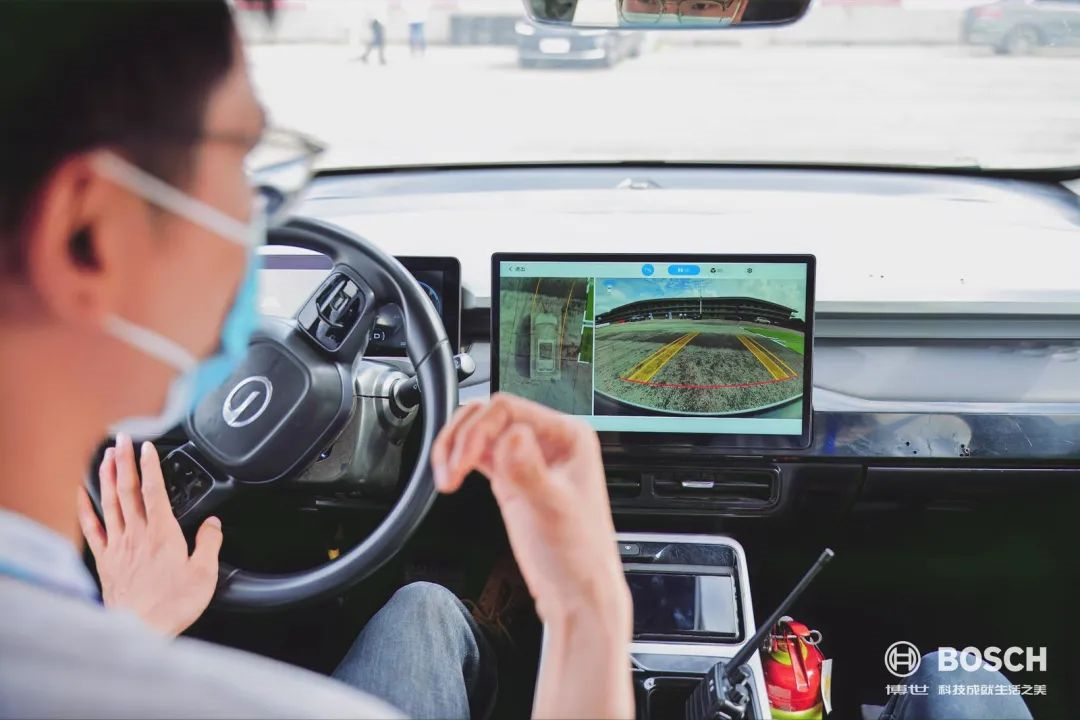
DDA, an auxiliary mode of driving between human and automated driving, is like driving together with the car. For example, when you are turning and press the gas pedal, the car will automatically slow down for you and maintain a appropriate distance and speed. After turning, the car will accelerate again, correcting the wrong input if your foot has been on the gas pedal the whole time.
The same principle applies to the latter. At the end of the quick braking, the system automatically releases the brake to ensure a smooth stop. The extra braking distance may only be 15cm, and the system will not be triggered when there is heavy braking.
Both of these technologies were developed by a Chinese team, and the gradual improvement is reflected in the fact that you don’t have to wait for advanced driving assistance or even the era of automated driving, but the driving experience has already changed.
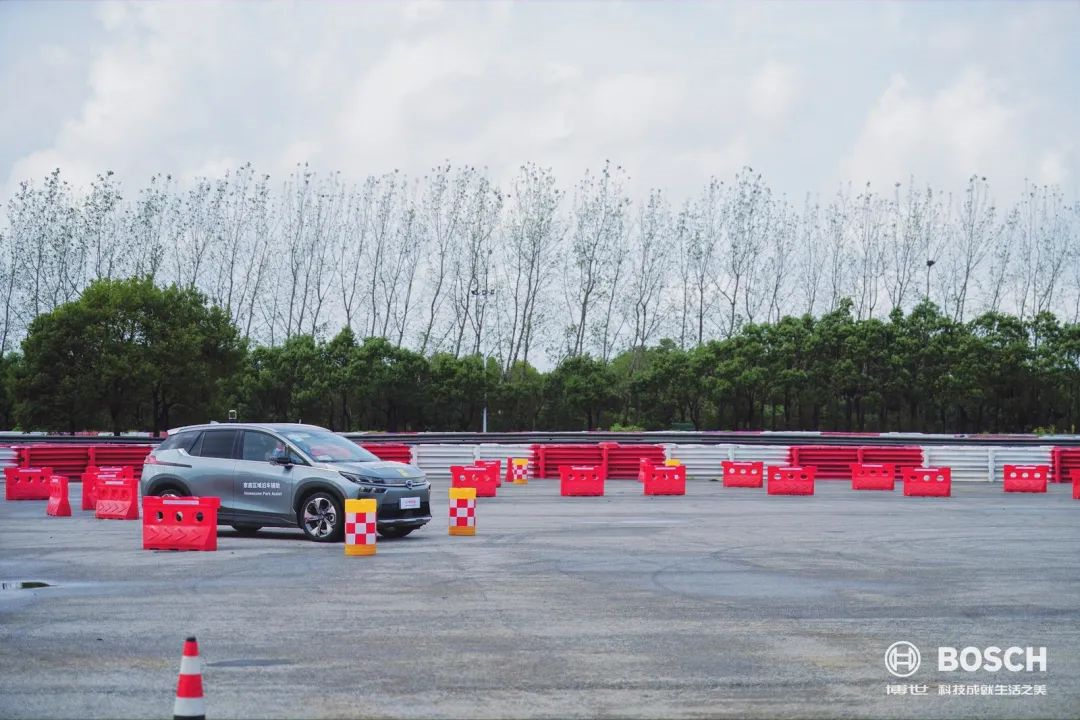
Bosch has not been left behind by the speed of the Chinese automobile industry but has instead achieved a transformation and acceleration with a new organizational form.
Finally, let’s end the article with an answer to a question.
When asked where Bosch’s moat is in the face of more and more independent innovation and the entry of giants into the industry, Chen Yudong responded:
“Bosch’s moat is mainly based on the ability to mass-produce and industrialize products, while achieving strict quality requirements at appropriate costs and prices.”
Product + technology + production – the difficulty may lie in the latter.
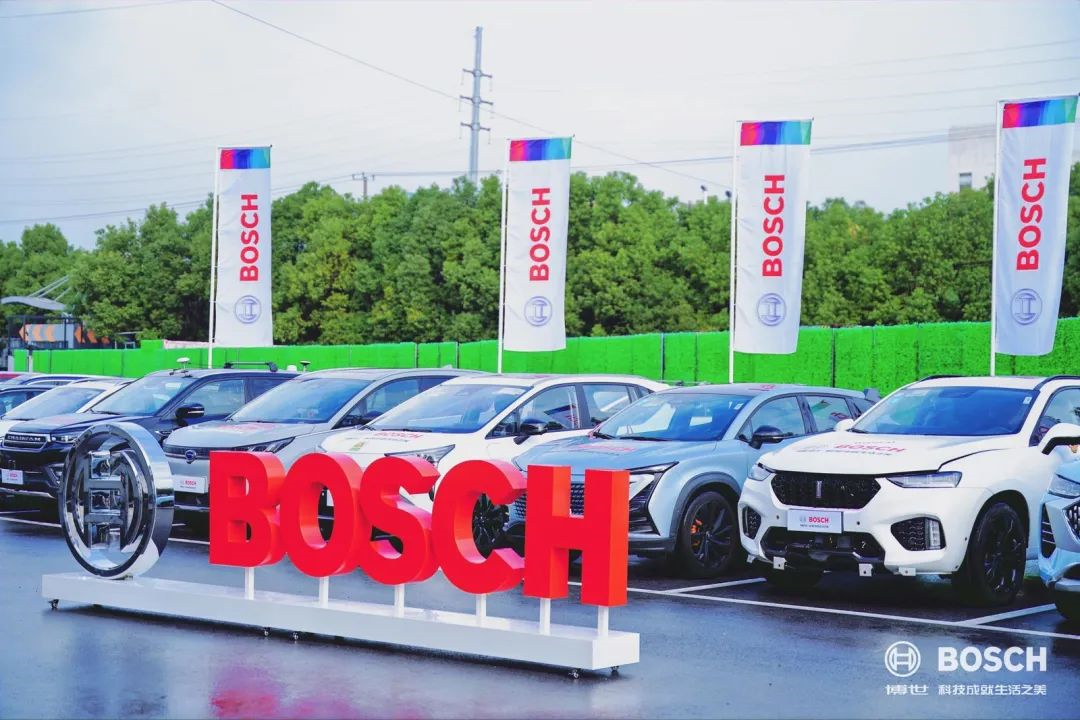
This article is a translation by ChatGPT of a Chinese report from 42HOW. If you have any questions about it, please email bd@42how.com.
